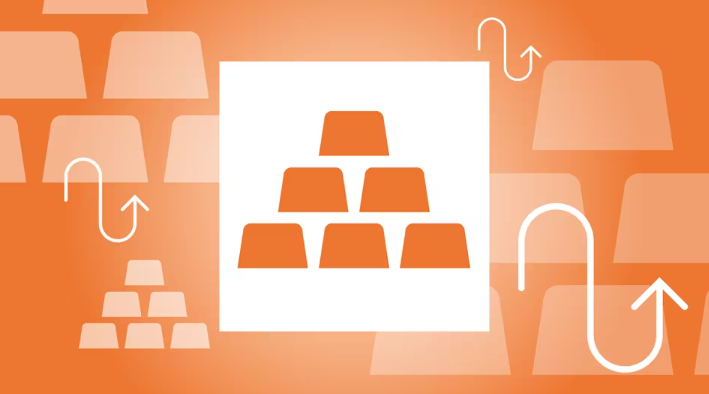
2020 saw enormous stock market gains. High-profile fast movers – like Tesla (TSLA), Apple (AAPL), Amazon (AMZN) and Zoom (ZM) – blazed seemingly unstoppable (though volatile) upwards growth paths. And thanks to stock-market apps and online trading platforms offering friction-free access to everything the market has to offer, everyone could (and did) participate. Ordinary investors with no special training or knowledge entered the market with modest means and exited with newfound wealth.
That is, until the taxman came calling. Now, with 2020 tax season upon us, some of the unintended consequences for last year’s new DIY investors are becoming apparent.
On March 22, Arizona-based financial planner Brian Wruk of Transition Financial Advisors Group, Inc. got an “urgent text” from a newbie investor who, completing his 2020 tax return, was faced with a tax bill he said was $800k, although he’d only earned $60k at his day job.
DIY Done Wrong
Age 30 and working full-time as an insurance agent, the worried investor – who we’ll call Derek – opened a brokerage account early in 2020 with $30k in cash, which his brokerage allowed him to triple through margin for a total of $90k available for day trading. Then, throughout the year, he completed between ten and 50 trades per day, with roughly $200k to $2 million in trading volume, three to four days per week.
As Wruk explains, “In 2020, Derek transacted $45M – yes, million – in total trades for a net profit of $45k at the end of the year – or so he thought. Instead, when he input his Form 1099-B (a U.S. federal tax form recording gains and losses during a tax year) into tax filing software, he had $1.4M in capital gain income and a tax bill of just over $800k.”
A Tax Rule Hiding in Plain Sight
Derek’s taxable capital gains result from the “wash sale” rule, an IRS regulation prohibiting an investor from claiming a loss by selling and purchasing the same or similar securities without a 30-day holding period. The wash-sale rule provides that if an investor wants to sell a security at a loss, then buy the same or a “substantially identical” security within 30 calendar days either before or after the sale, the wash-sale rule will kick in and no loss will be claimable for that security on the current-year tax return.
Derek’s lack of knowledge of the wash-sale rule is where he went astray: “This poor soul traded all of the popular stocks you see in the media consistently all year long,” says Wruk, “and per U.S. tax rules, Derek booked a profit – but was disallowed all the losses because he never once waited the 30 days on those stocks to book the loss.
Many have heard of Alex Kearns, the 20-year-old Robinhood investor who committed suicide when he misunderstood his account balances and thought he owed hundreds of thousands of dollars. Wruk thinks Derek’s story may be the next wave in what’s to come for DIY traders. For now, Wruk has connected Derek with an ex-IRS agent who worked in the “Offer in Compromise” section of the IRS and now provides tax consulting services. (An “offer in compromise” allows a taxpayer to settle their tax debt for less than the amount they owe.)
Not As Bad in Canada
In Canada, the wash-sale rule is known as the “superficial loss rule” and it imposes the same 30-day blackout period before and after the sale of securities for investors who want to claim a loss.
However, had Derek been trading in Canada, it's possible he could be subject to a better tax outcome. “The ultimate treatment in Canada and the U.S. may be very different,” notes Calgary-based financial advisor Aaron Hector of Doherty & Bryant Financial Strategists. “Here, with superficial losses, the denied loss is added to the security’s book value. Then, when the position is sold for good, the previously denied losses could be applied backwards using a T1A (loss carryback) tax form to net out the prior-year tax liability.”
“In the U.S.,” adds Hector, “personal capital losses cannot be carried backwards, only forwards, and the carryback and zero-out option is not typically available. A pretty big difference across borders in a scenario like this!”
The tax treatment of capital gains in the U.S. is also different than in Canada. In the U.S., short-term gains, which are those with a holding period of less than one year, are taxed as regular income while in Canada capital gains have a preferential tax treatment.
Even without accounting for the tax treatment of superficial losses under the superficial loss rules, Derek would be better off from a tax perspective in Canada. If Derek had $1.4 million in capital gains in Canada, only half would be taxable, meaning $700k would be included on Derek’s tax return – giving him a tax bill of approximately $300k to $350k, depending on his province. That bill could be further reduced if Derek uses the loss-carryback rules to reduce his 2020 tax liability.
Still Want to Trade? Remember the Taxman
How do DIY investors avoid a fate like Derek’s?
If you want to get started day-trading stocks, you might think all there is to do is pick a trading platform and then pick the stocks you want to trade. But Derek’s story shows the pitfalls of proceeding without professional advice.
Just as important as choosing your trading strategy is the need to understand the likely consequences – including tax implications – of your transactions. “Derek’s case demonstrates the difference between tax planning and tax preparation,” comments Wruk. “Tax preparation is a purely historical event, while tax planning can help you avoid the kind of ‘oops’ moment that Derek is now facing.”














.jpg)





